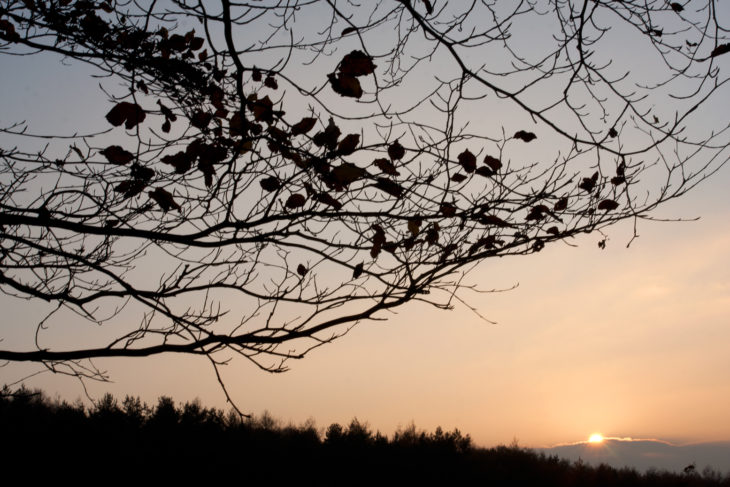How We Protect Native Woodlands
This week on the reserve our team of volunteers have been helping to remove some non-native vegetation.
Much of conservation today is focused on invasive plants and trees that out-compete our native species and change the natural world around us. While Falls of Clyde looks like a natural landscape, many of the trees and plants here are in fact invasive, and by removing them from the reserve we are allowing natural ecosystems a chance to regenerate and boost biodiversity.
The species we’ve been tackling recently are Rhododendron, Beech and Norway Maple.

Rhododendron is a well-established shrub all over the country and while it can look pretty in our gardens it has the potential to cause extreme damage. The plant itself is toxic to herbivores and can reduce the numbers of earthworms in the area around it; further impacting on food for birds and mammals. It also grows so large that it smothers other plants, out-competing them for sunlight and soil nutrients. On our reserve you’ll see Rhododendron within the gorge past Corra Linn – most of these are so large that they will be managed with a herbicide injection. Elsewhere on the reserve we pull smaller patches by the root, removing them completely from the soil.
Beech and Norway Maple are large canopied trees that can quite easily out-compete native trees for sunlight. You will see many large beech trees within the reserve and “secretly” we find them quite magical at this time of year when their rusty leaves float in the breeze around us. Saying that, we want to avoid more of these species taking root, so will remove any saplings we find.
Long term habitat management allows us to let nature to take its course with large well-established trees. However, by encouraging native species to regenerate in the understory we are providing more natural habitats for our wildlife and ensuring future generations can enjoy the Falls of Clyde in its natural form.
Jenny Mann, Falls of Clyde Assistant Ranger
Help support our vital work and join us today!
Help protect Scotland’s wildlife
Our work to save Scotland’s wildlife is made possible thanks to the generosity of our members and supporters.
Join today from just £3 a month to help protect the species you love.
Preface
This week on the reserve our team of volunteers have been helping to remove some non-native vegetation. Much of conservation today is focused on invasive plants and trees that out-compete …
